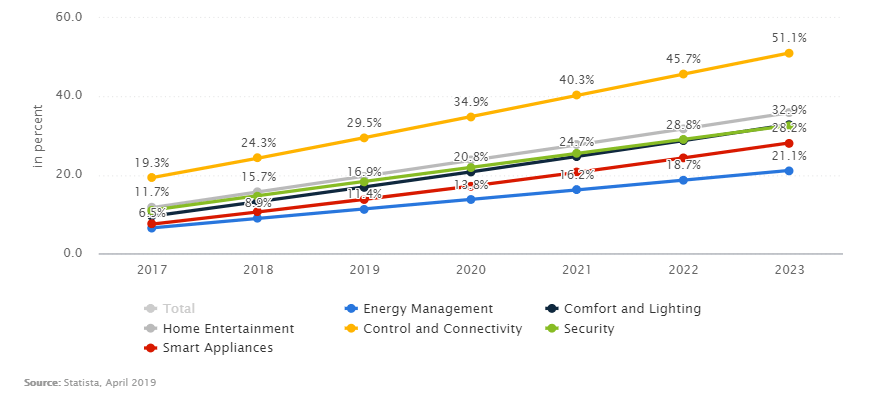
Introduction:
Embarking on a journey of home improvement presents a unique opportunity to not only enhance the aesthetics and functionality of your space but also contribute to a more sustainable and eco-friendly living environment. This article explores the principles and practices of eco-friendly home improvement, offering insights into how homeowners can make thoughtful choices for both their homes and the planet.
Sustainable Materials Selection:
A fundamental aspect of eco-friendly home improvement lies in the careful selection of materials. Opting for sustainable materials such as reclaimed wood, bamboo, recycled metal, and recycled glass reduces the demand for new resources and minimizes environmental impact. These choices contribute to a circular economy by giving new life to existing materials.
Energy-Efficient Appliances and Fixtures:
Upgrading to energy-efficient appliances and fixtures is a practical and impactful way to enhance the sustainability of your home. Energy-efficient appliances, such as Energy Star-rated ones, consume less electricity, reducing both your utility bills and carbon footprint. Similarly, choosing LED lighting and low-flow fixtures conserves energy and water resources.
Solar Panel Installations:
Harnessing the power of the sun through solar panel installations is a transformative step toward eco-friendly home improvement. Solar panels generate clean and renewable energy, reducing reliance on traditional power sources. Beyond the environmental benefits, homeowners can enjoy long-term cost savings and even contribute excess energy back to the grid.
Water Conservation Strategies:
Integrating water conservation strategies into home improvement projects is crucial for sustainable living. Installing low-flow toilets, efficient irrigation systems, and water-saving faucets helps reduce water consumption. Additionally, collecting rainwater for irrigation or installing graywater systems are innovative approaches to make the most of available water resources.
Green Roof and Wall Solutions:
Green roofs and walls offer dual benefits of aesthetic appeal and environmental impact. These solutions involve growing vegetation on the roof or walls of a structure, providing insulation, improving air quality, and reducing the urban heat island effect. Green roofs also absorb rainwater, reducing runoff and contributing to sustainable stormwater management.
Insulation and Energy-Efficient Windows:
Investing in proper insulation and energy-efficient windows significantly improves a home’s energy performance. Well-insulated homes require less heating and cooling, leading to energy savings and reduced greenhouse gas emissions. Energy-efficient windows with double or triple glazing contribute to temperature regulation while maximizing natural light.
Waste Reduction and Recycling Practices:
Eco-friendly home improvement extends to waste reduction and recycling practices during renovation projects. Minimizing construction waste by repurposing materials, recycling debris, and responsibly disposing of waste align with sustainable principles. Implementing these practices reduces the burden on landfills and supports a circular approach to resource use.
Indoor Air Quality Enhancements:
Improving indoor air quality is an often overlooked but critical aspect of eco-friendly home improvement. Choosing non-toxic, low-VOC (volatile organic compounds) paints and finishes contributes to healthier indoor air. Additionally, incorporating natural ventilation and indoor plants helps purify the air, creating a more comfortable and sustainable living environment.
Smart Home Integration for Efficiency:
Integrating smart home technologies can enhance both comfort and efficiency. Smart thermostats, lighting systems, and energy monitoring tools allow homeowners to optimize energy usage and reduce waste. These technologies provide real-time insights, empowering residents to make informed decisions that align with their sustainability goals.
Educating and Sharing Sustainable Practices:
Lastly, embracing eco-friendly home improvement involves a commitment to ongoing education and sharing sustainable practices with others. Whether through social media, community workshops, or conversations with neighbors, homeowners can inspire and encourage the adoption of sustainable living practices within their communities.
For more in-depth insights into Eco-Friendly Home Improvement, visit PlayAsSustentable.com.



